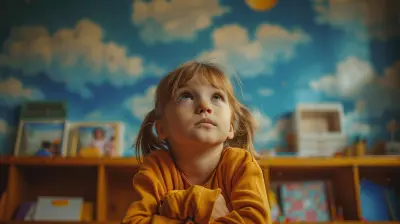The Importance of Free Play After School for Younger Kids
7 October 2025
Let’s be real for a second — these days, kids have schedules that rival those of busy executives. Between school, homework, sports, music lessons, and tutoring, their little brains (and bodies) rarely get a break. But here’s the thing: if we truly want our children to thrive — emotionally, socially, and even academically — we’ve got to give them something often overlooked.
It’s called free play.
Not another structured activity. Not screen time. But real, unstructured play where kids get to be kids. Think back to your own childhood — building forts in the backyard, making mud pies, playing hide and seek until the streetlights came on. That’s the kind of magic we’re talking about here. So, let’s dive into why free play after school isn’t just a nice break — it’s essential.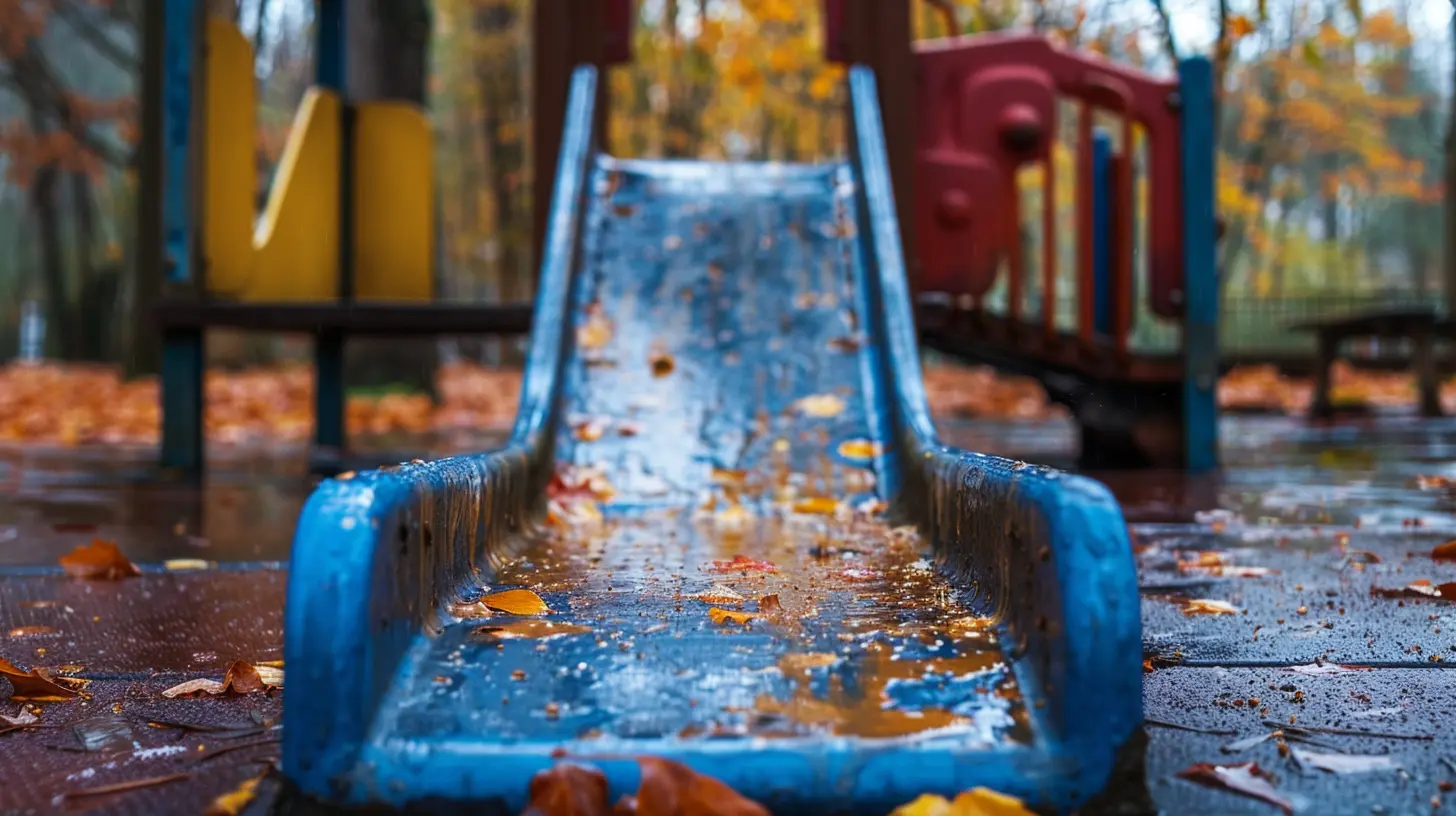
What Exactly Is Free Play?
Before we jump into the benefits, let’s clear up what we mean by “free play.”Free play is unstructured, child-led play that isn’t guided by adults or bound by rigid rules. It’s spontaneous, imaginative, and — most importantly — fun! It can look like:
- Pretending to be dinosaurs in the backyard
- Having a tea party with stuffed animals
- Building with blocks or Legos
- Climbing trees or swinging at the park
- Drawing random creatures with crayons, no instructions needed
There are no goals here. No pressure. No adult agenda. Just kids being creative, curious, and carefree. Sounds pretty great, right?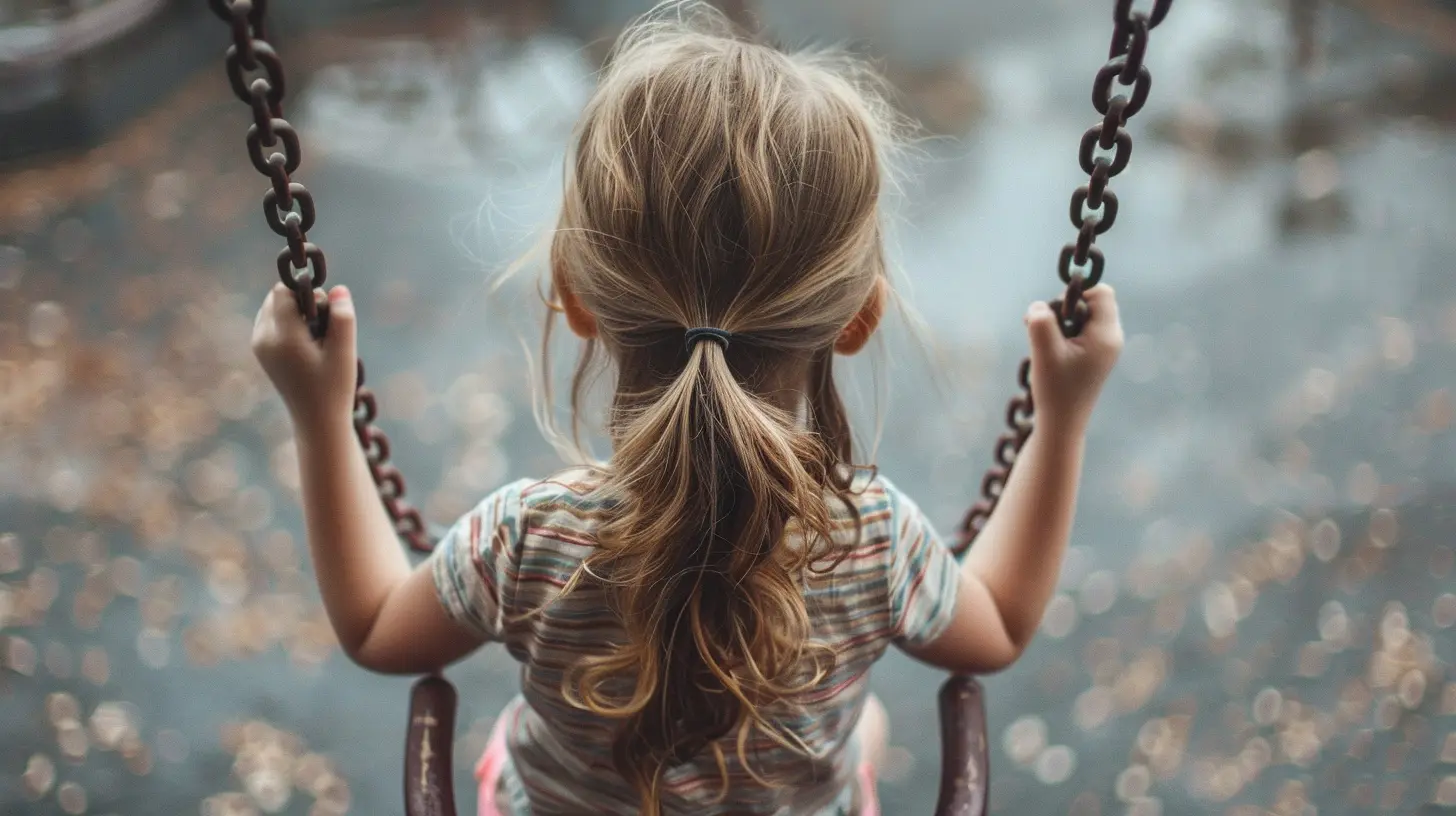
Why Free Play Matters More Than Ever
Let’s face it — today’s kids are under a ton of pressure. There’s school performance, standardized testing, after-school activities, and yes — let’s not forget the mountain of homework that follows them home. Add screen time to the mix, and many children are missing out on the kind of free, spontaneous play that we once took for granted.And that’s a real problem.
1. It Helps Kids Process Their Day
Ever notice how your child comes home from school and is just... done? Maybe grumpy, maybe full of energy, maybe totally quiet. School is a lot. It’s mentally taxing, socially complex, and sometimes overwhelming.Free play gives them the space to process it all. Whether it’s acting out what happened with dolls or zooming toy cars around the living room, play gives kids the chance to decompress and make sense of their feelings.
It’s emotional release with a sense of fun.
2. It Boosts Creativity and Imagination
When kids play freely, their imagination goes wild. One minute they’re a pirate sailing the bathtub sea, the next they’re a chef in a pretend restaurant. No adult could come up with some of the stuff kids dream up!This kind of imaginative play isn’t just adorable — it’s a powerful way to develop creativity, which impacts problem-solving skills, critical thinking, and overall cognitive development.
Think of free play as the mental gym for creative muscles.
3. It Strengthens Social Skills
When kids play with siblings or neighborhood friends, they’re learning something textbooks can’t teach — how to interact with others. We're talking negotiation, sharing, teamwork, and even dealing with conflict.That argument over who gets to be the superhero? That’s social-emotional growth happening live.
Through play, kids learn empathy, communication, and cooperation. And unlike adult-led situations where we step in too fast, free play lets them navigate these waters on their own (with supervision, of course).
4. It Supports Physical Development
Let’s not forget the physical side of things. After sitting for hours in a classroom, kids need to move. Big time. Running, jumping, climbing, tumbling — all of these are natural ways kids build strength, coordination, and balance.Free play outdoors (or indoors when the weather doesn’t cooperate) is the perfect way to support healthy growth without turning it into a workout.
Bonus? It helps them sleep better at night. And we all know a well-rested kid = a happier household.
5. It Encourages Independence and Confidence
When kids lead their own play, they have to make decisions. What game should I play? What happens next in the story I’m pretending? How do I build a tower without it falling?These small decisions build big confidence over time.
Children learn to rely on themselves, trust their instincts, and enjoy their own company. That’s a pretty solid foundation for growing up, don’t you think?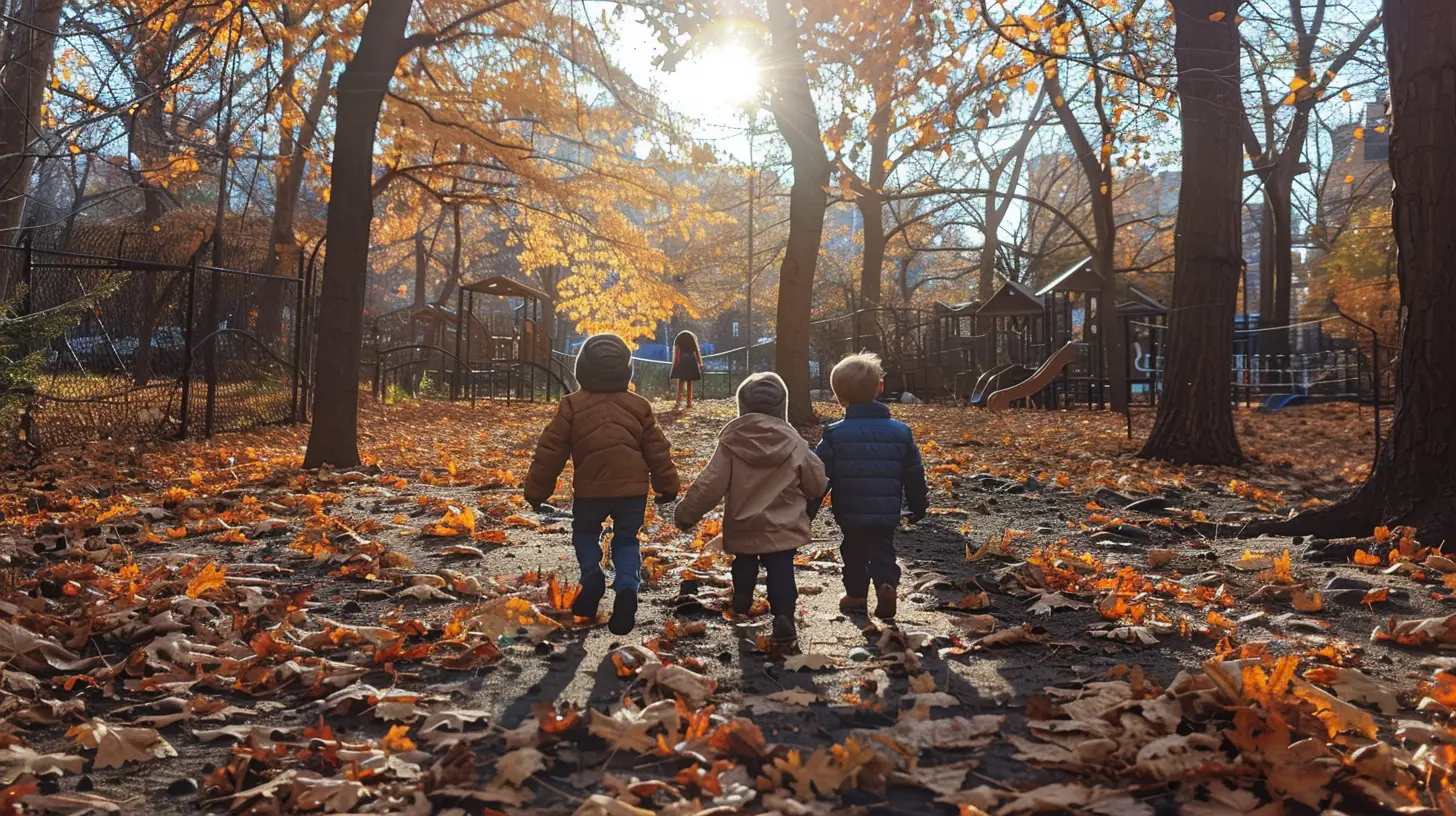
Free Play vs. Screen Time: The Ongoing Battle
Look, we’re not here to demonize screens — tablets and TVs have their place. But if free play is the broccoli of childhood (nutrient-packed and essential), screen time can be the candy — fun in moderation, but not something to fill up on.When kids are watching or gaming after school instead of playing, they’re passive. They’re zoning out instead of tuning in. They’re not moving, exploring, or creating.
So, while a cartoon or an app can be a helpful break once in a while, it shouldn’t replace the golden hours of real-world play.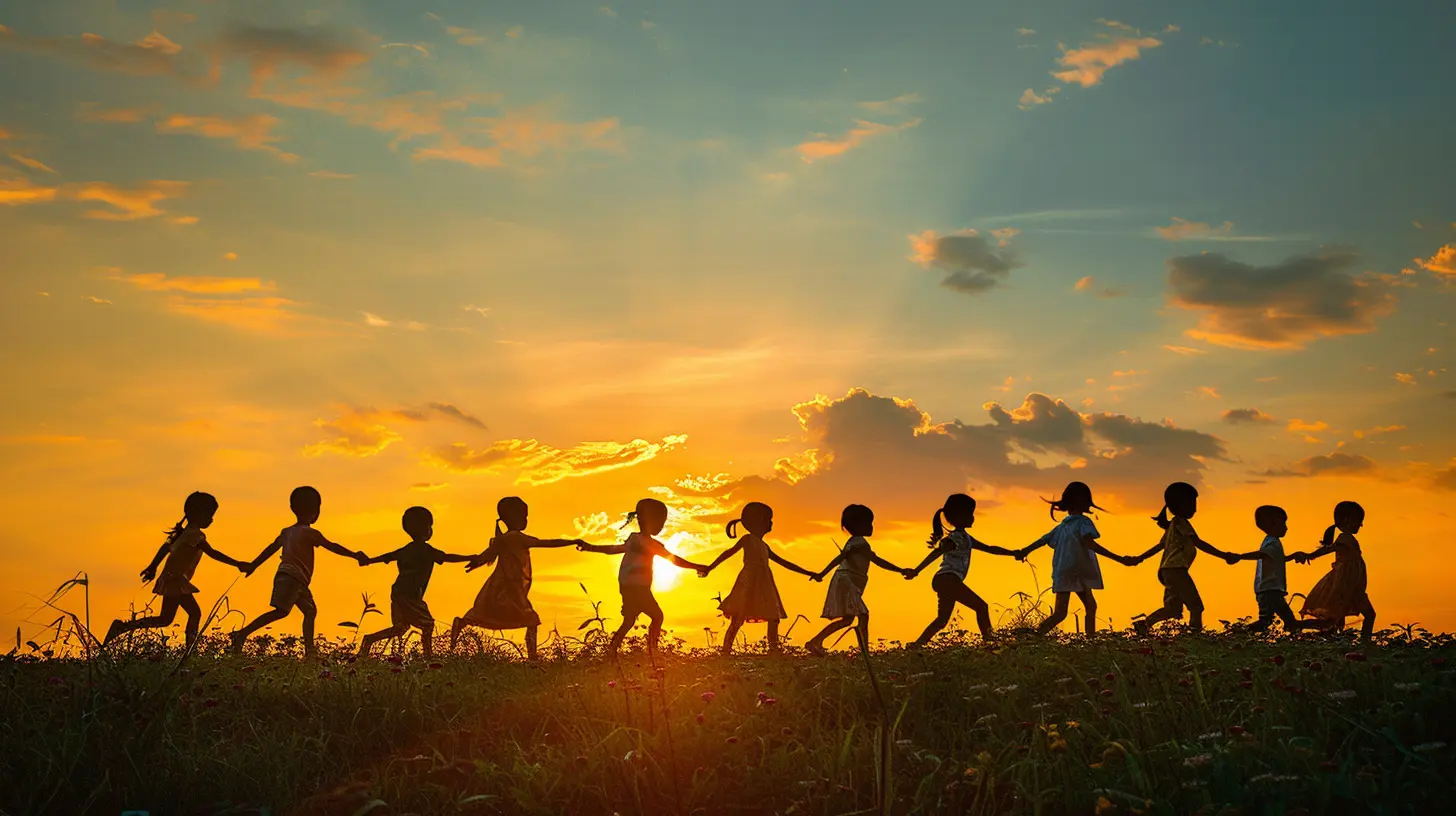
How Much Free Play Do Kids Actually Need?
There’s no magic number, but most experts agree: the more, the better. A good rule of thumb is at least 1–2 hours a day of unstructured play, especially after school.That might sound like a lot when you’re juggling activities and dinner and all the things, but don’t stress. Some play is better than none. Even 30 minutes of free play can do wonders for your child’s mood and mindset.
Tips for Encouraging Free Play After School
Not sure where to start? Here are some easy, stress-free ways to help your child embrace more free play:Create a “Yes” Environment
Set up a space where your child feels safe and free to explore — a corner of the living room with toys, the backyard, or even a simple playmat. Reduce the number of “no’s” in those areas to encourage independence.Limit Adult-Led Activities
After school, try not to jump straight into homework, piano lessons, or chores. Give your child a solid chunk of time to just play — with no strings attached.Keep Toys Simple
You don’t need fancy gadgets or expensive toys. Items like blocks, dolls, dress-up clothes, art supplies, and open-ended toys are fantastic for imaginative play.Go Outside
Nature is the ultimate playground. Dirt, sticks, rocks, leaves — they’re all part of the fun. Plus, the fresh air and movement help shake off the school-day cobwebs.Let Go of Perfection
Play gets messy. That’s okay. Resist the urge to organize, clean up immediately, or guide the play. Let the chaos happen — it’s part of the process.Be a Curious Observer
You don’t need to join in (though you can if you’re invited). Just watch. See where their imagination takes them. It’s surprisingly delightful.Common Concerns (And Why You Can Relax)
Some parents worry that unstructured play is wasted time — that kids should always be learning something specific or being productive.Here’s the truth: free play is learning. It’s the foundation for higher-level thinking, emotional resilience, and real-world skills.
Also, letting go of control can be tough. We want to protect, guide, and even entertain our kids. But stepping back can actually give them the space they need to grow.
So, deep breath — you’re doing great just by giving them the gift of time and freedom.
Real-Life Stories: The Power of Play in Action
Still not convinced? Let’s peek into a few real-world examples of how free play makes a difference:Jamie’s “Jungle Explorer” Phase
After a tough transition into kindergarten, Jamie started making up elaborate stories in the backyard as a jungle explorer. His parents noticed he processed a lot of his anxiety through these adventures, and over time, he became more confident and expressive.Siblings and Fort Building Fun
Two sisters who used to constantly bicker started building blanket forts after school — together. They created their own little world, complete with rules, secret codes, and giggles. Their relationship noticeably improved.Screen Swap = Better Moods
One mom swapped 30 minutes of tablet time for 30 minutes outside. Her son went from moody and whiny after school to relaxed and imaginative. It didn’t take long for him to start asking for playtime first.Final Thoughts: Let’s Bring Playtime Back
In a world that’s constantly rushing toward the next thing, free play is a gentle reminder to slow down. To let kids be little. To trust that unstructured time is far from wasted — it’s powerful, healing, and absolutely necessary.So, the next time your child runs out of school and immediately asks, “Can I go play?” — say yes.
Encourage it. Celebrate it. Join in, even.
Because when we make room for play, we’re not just giving kids a break — we’re giving them a foundation for life.
all images in this post were generated using AI tools
Category:
After School ActivitiesAuthor:

Tara Henson
Discussion
rate this article
1 comments
Drift Carr
In the dance of twilight's glow, let laughter weave through playful streams; where hearts explore and minds ignite, free play nurtures childhood dreams.
October 20, 2025 at 2:18 AM

Tara Henson
Thank you for capturing the essence of free play beautifully! It truly nurtures creativity and joy in childhood.


